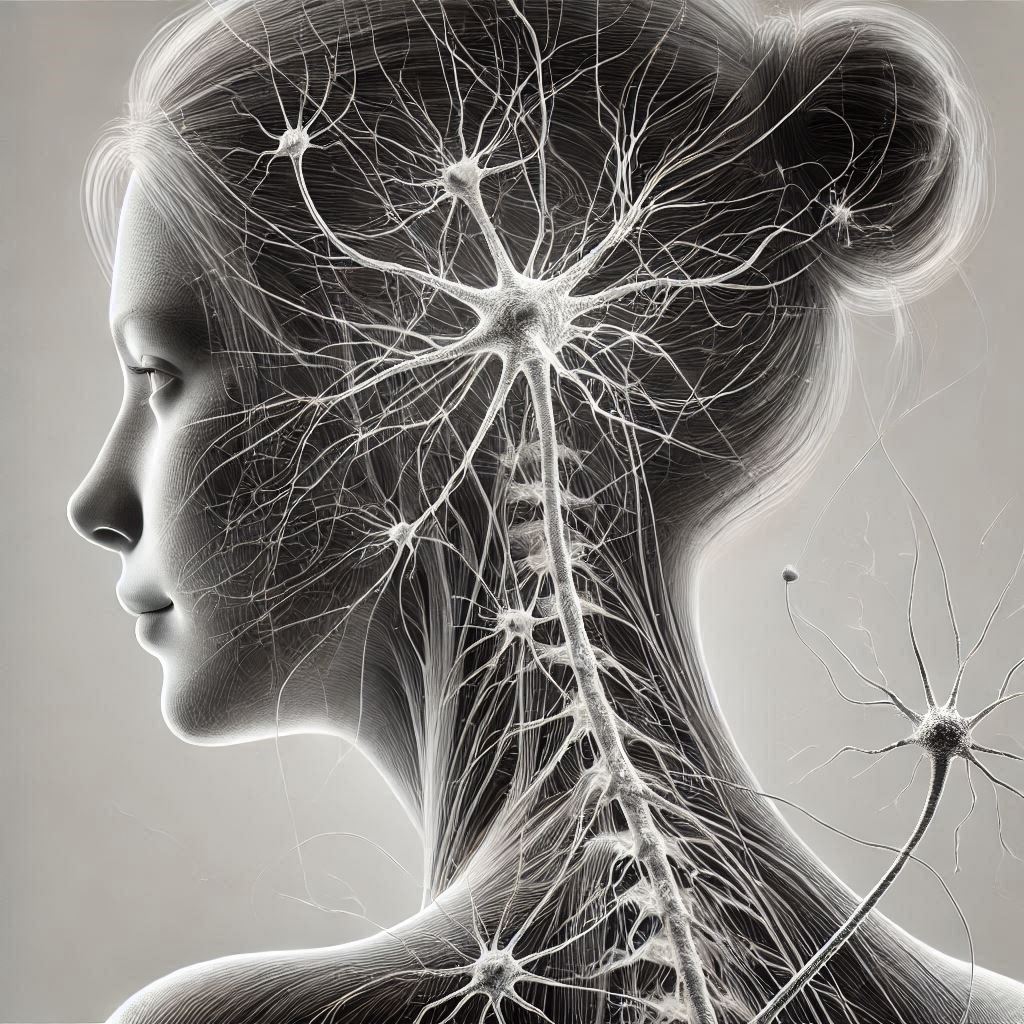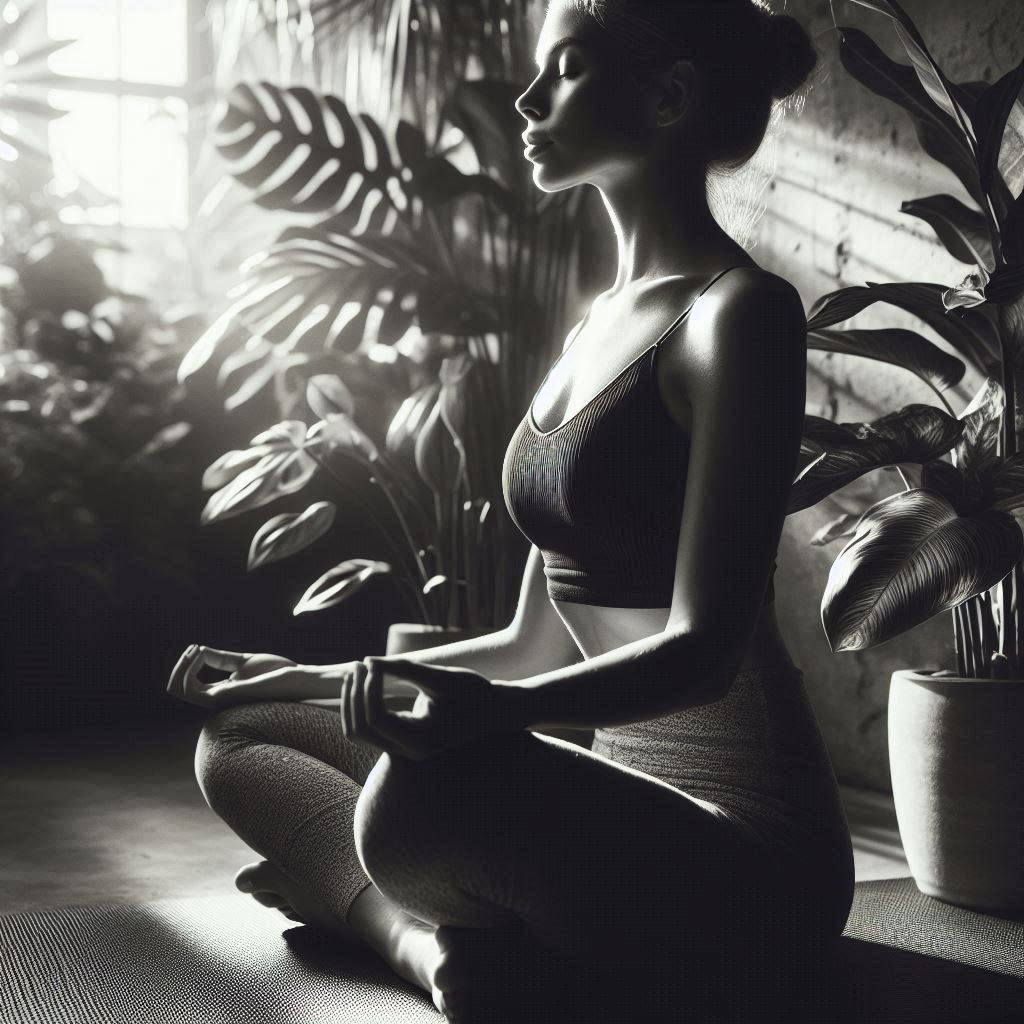Do you ever find yourself suddenly overwhelmed by panic, seemingly out of nowhere? Panic attacks can be triggered by surprising and often overlooked factors that many people are unaware of. Understanding these lesser-known triggers is crucial for those affected, as it opens the door to more effective coping mechanisms.
In this post, we’ll shed light on 10 surprising triggers for panic attacks and offer practical ways to cope with them. From hidden stressors in daily life to unexpected physical sensations, knowing what might set off a panic attack can make a big difference in managing anxiety. Dive in to discover these unusual triggers and learn how to better navigate your emotional landscape.
10 Surprising Triggers for Panic Attacks
Panic attacks can be triggered by a variety of unexpected factors. While some triggers are commonly known, such as stress or phobias, there are lesser-known triggers that can catch individuals off guard. Understanding these surprising triggers and how to cope with them is crucial for effectively managing panic attacks.
Trigger 1: Weather Changes
Weather fluctuations, such as sudden shifts in temperature or changes in atmospheric pressure, can unexpectedly trigger panic attacks in some individuals. Mindfulness techniques, deep breathing exercises, or simply being prepared for weather changes can help individuals cope with this trigger.
Trigger 2: Noise Sensitivity
For some people, sensitivity to noise can heighten anxiety levels and spark panic attacks. Strategies such as using noise-canceling headphones, earplugs, or finding quiet environments can be effective in managing this trigger and reducing feelings of overwhelm.
Trigger 3: Specific Smells
Certain odors or scents can evoke strong emotional responses and trigger panic attacks in susceptible individuals. Carrying a scented handkerchief with a calming scent or using essential oils known for their relaxation properties can provide a sense of comfort in triggering situations.
Trigger 4: Crowded Spaces
Being in crowded environments can be overwhelming for some individuals and lead to panic. Coping mechanisms like visualization techniques, focusing on a specific point in the room, or having a trusted companion for support can help ease the feelings of panic in crowded spaces.
Trigger 5: Taste Triggers
Taste aversions or sudden changes in taste preferences can unexpectedly contribute to panic attacks. Engaging in distraction techniques, carrying comforting snacks, or being mindful of taste triggers can assist individuals in managing this unique trigger effectively.
Trigger 6: Unfamiliar Situations
Encountering unfamiliar scenarios or environments can induce anxiety and panic. Gradual exposure therapy, creating a safety plan beforehand, or focusing on aspects of familiarity within the unfamiliar setting can aid in alleviating panic responses in these situations.
Trigger 7: Body Temperature Changes
Abrupt changes in body temperature, whether feeling too hot or too cold, can trigger panic in some individuals. Techniques like splashing cold water on the face, deep breathing exercises to regulate body temperature, or practicing progressive muscle relaxation can help manage this trigger effectively.
Trigger 8: Visual Triggers
Visual stimuli, such as certain patterns or intense colors, can unexpectedly trigger panic episodes. Grounding techniques such as focusing on a specific object or using calming visual aids like nature scenes or soothing colors can help individuals redirect their focus and manage visual triggers.
Trigger 9: Time Constraints
Time pressures or feeling rushed can escalate anxiety levels and lead to panic attacks. Effective time management strategies, setting realistic deadlines, practicing mindfulness exercises, and breaking tasks into smaller steps can assist in alleviating the stress associated with time constraints.
Trigger 10: Technology Overload
Excessive screen time and digital overload can impact mental health and contribute to panic attacks in some individuals. Implementing digital detox strategies, setting boundaries for screen time, engaging in relaxation techniques, or practicing mindfulness when using technology can help individuals manage stress and prevent panic triggers related to technology overload.
Effective Coping Strategies for Uncommon Panic Attack Triggers
In times of unexpected panic attacks triggered by uncommon sources, it is essential to have coping mechanisms to manage the overwhelming emotions that arise. Here are some effective strategies to help navigate through these challenging moments.
Mindfulness and Meditation
Embracing mindfulness practices can significantly reduce anxiety levels and calm the mind during panic-inducing situations. By focusing on the present moment and acknowledging feelings without judgment, individuals can learn to better cope with unexpected triggers. Meditation apps such as Calm or Headspace offer guided sessions that can be beneficial in cultivating a sense of peace and tranquility.
Breathing Exercises
When faced with a sudden onset of panic symptoms, practicing breathing techniques can be a powerful way to regain control. Deep breathing exercises, like diaphragmatic breathing, can help slow down heart rate and promote relaxation. To engage in deep breathing, find a comfortable position, inhale deeply through your nose for a count of four, hold your breath for a moment, and exhale slowly through your mouth for a count of six.
Seeking Support
During times of heightened anxiety or panic, seeking support from trusted individuals or mental health professionals is crucial. Friends and family members can provide comfort and reassurance, while therapists or counselors can offer professional guidance. Helpline numbers, such as the National Suicide Prevention Lifeline (1-800-273-TALK), are accessible for immediate assistance and emotional support.
Creating a Safe Space
Establishing a safe environment to retreat to during panic attacks can create a sense of security and comfort. Consider setting up a designated safe space in your home with calming elements like soft blankets, soothing essential oils, or comforting objects. Engage your senses by incorporating sensory grounding items such as stress balls or calming playlists with gentle music to promote relaxation.
Incorporating these coping strategies into your daily routine can provide you with the tools to manage unexpected panic attack triggers effectively. Remember, it’s essential to prioritize self-care and seek help when needed to navigate through challenging moments with resilience and strength.
Questions and Answers
Have you ever wondered what could unexpectedly trigger a panic attack? Let’s dive into some lesser-known triggers that may surprise you, along with coping strategies that can help you navigate through these challenging moments.
Q: Can Weather Changes Trigger Panic Attacks?
Weather changes might seem like an unlikely trigger for panic attacks, but for some individuals, shifts in atmospheric pressure or extreme weather conditions can bring on feelings of anxiety and panic. If you find yourself feeling more anxious during certain weather patterns, consider practicing relaxation techniques, such as deep breathing or mindfulness, to help calm your mind and body.
Q: Is Noise Sensitivity Linked to Panic Attacks?
Noise sensitivity, also known as misophonia, can be a surprising trigger for panic attacks in some people. Sudden or repetitive noises that trigger strong emotional responses can lead to heightened anxiety and panic. To cope with noise sensitivity, creating a calming environment with noise-canceling headphones or white noise machines can offer relief during stressful situations.
Q: Can Certain Scents or Smells Cause Panic Attacks?
Yes, the power of scent should not be underestimated when it comes to triggering panic attacks. Strong odors or certain fragrances can evoke intense emotions and memories that may escalate anxiety levels. If you’re sensitive to smells, carrying a calming essential oil or using a scented handkerchief with a comforting scent can help you manage potential triggers.
Q: Does Social Media Usage Impact Panic Attack Frequency?
Surprisingly, excessive use of social media can contribute to feelings of anxiety and panic attacks for some individuals. The constant influx of information, comparison to others, and fear of missing out (FOMO) can lead to heightened stress levels. Setting boundaries around social media usage and engaging in activities that promote offline connections can help reduce the risk of panic attacks.
Q: Are Food Additives and Preservatives Potential Triggers for Panic Attacks?
Certain food additives and preservatives, such as artificial colors or flavors, have been linked to increased anxiety and panic symptoms in some individuals. Paying attention to your diet and avoiding processed foods with artificial ingredients can potentially help in managing panic triggers related to dietary factors.
By understanding these surprising triggers for panic attacks and exploring effective coping mechanisms, you can better equip yourself to navigate through challenging moments with resilience and strength. Remember, everyone’s triggers and coping strategies may vary, so it’s essential to explore what works best for you in managing panic attacks effectively.
Conclusion
Panic attacks can be triggered by a variety of surprising factors, each unique to the individual. By understanding these lesser-known triggers, we can better equip ourselves to cope with and manage the onset of panic attacks. It’s crucial to remember that seeking professional help and support is always a valid and important step in managing anxiety and panic disorders. Remember, you are not alone in this journey to overcome panic attacks, and with the right tools and support, you can navigate through these challenging moments with resilience and strength.
Stay Informed and Seek Support
Knowledge is power when it comes to understanding and managing panic attacks. Stay informed about the lesser-known triggers mentioned in this article and reach out for support from friends, family, or mental health professionals if you need guidance or assistance in coping with panic attacks.
Practice Self-Care and Mindfulness
Engaging in self-care practices and mindfulness techniques can be beneficial in reducing the frequency and intensity of panic attacks. From deep breathing exercises to mindful meditation, finding activities that promote relaxation and inner peace can be a valuable asset in your journey towards better mental health.
Build a Support Network
Surround yourself with individuals who understand and support you during moments of panic or anxiety. Having a strong support network can provide comfort, reassurance, and practical help when you’re struggling with overwhelming emotions. Remember, it’s okay to ask for help when you need it.
Embrace a Healthy Lifestyle
Maintaining a healthy lifestyle through regular exercise, balanced nutrition, and sufficient rest can contribute to overall well-being and resilience in the face of panic attacks. Taking care of your physical health can positively impact your mental health and help you cope with triggers that may lead to anxiety or panic.
Monitor Your Triggers and Symptoms
By keeping track of your triggers and symptoms, you can gain valuable insights into what factors contribute to your panic attacks. Consider keeping a journal or using a mood tracking app to record your experiences and identify patterns that may help you better understand and manage your anxiety levels.








